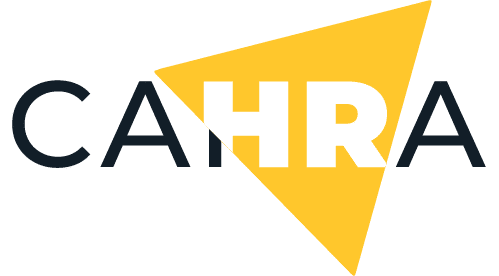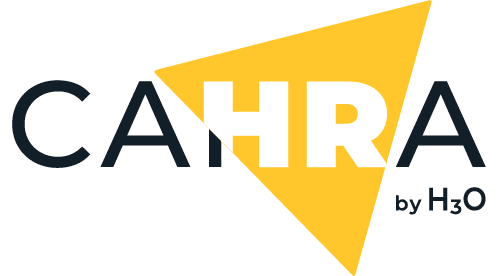The assessment meeting
The assessment meeting with you enables us to collect your needs, with the interim manager and the mission director, who will supervise the operation with an outsider’s eye, additional expertise and relaying purposes.
At this stage, the 5 vectors of change are studied:
- Your personal commitment to change
- The nature and degree of complexity of the change to set up
- The constraint or anticipation aspects of the transition
- The culture
- The men and women of your company

The proposal meeting
The proposal meeting is about how the interim manager will drive the transformation, with the presentation of a detailed managerial action plan.

Communication and diagnosis
When the mission starts, the communication to the teams and the diagnosis (based notably on the interviews of your employees) make it possible to share the goals of the mission and refine our interim manager’s outlook on your structure.
“Setting the human aspect at the heart of change, securing once more the skills in a collective endeavour, these are the key elements of the interim management offer according to CAHRA.”
Managing transition by steps in order to imprint transformation into the company
No company can absorb a dramatically abrupt transformation. In order to drive the transition, several steps are developed.
Here are three phases or key tools in order to understand our operating conditions:
- The collaboration we set up with you, in order to work confidently in the interests of your company.
- Quick Wins, field actions with fast rewards in order to convince your team of the benefits of change.
- Identification of the “natural leaders” in your company, employees from all hierarchy levels, capable of bringing about the transformation dynamics with their colleagues.
Preparing the mission before the operational phase, supporting you later on (our interim manager goes back to your company in order to assess the consolidated lines and the lines which need to be strengthened), giving you access to a managerial hotline, are all part of the unique CAHRA methodology.
The ten key points of a CAHRA mission are:
- collaboration, communication,
- diagnosis,
- identification of the natural leaders,
- Quick Win development,
- putting aside limiting beliefs,
- working with interfaces,
- reporting,
- the end of mission assessment,
- mission outcome support.
The CAHRA methodology: imprinting and securing transformation
In order to manage the transition, we implement a specific system:

